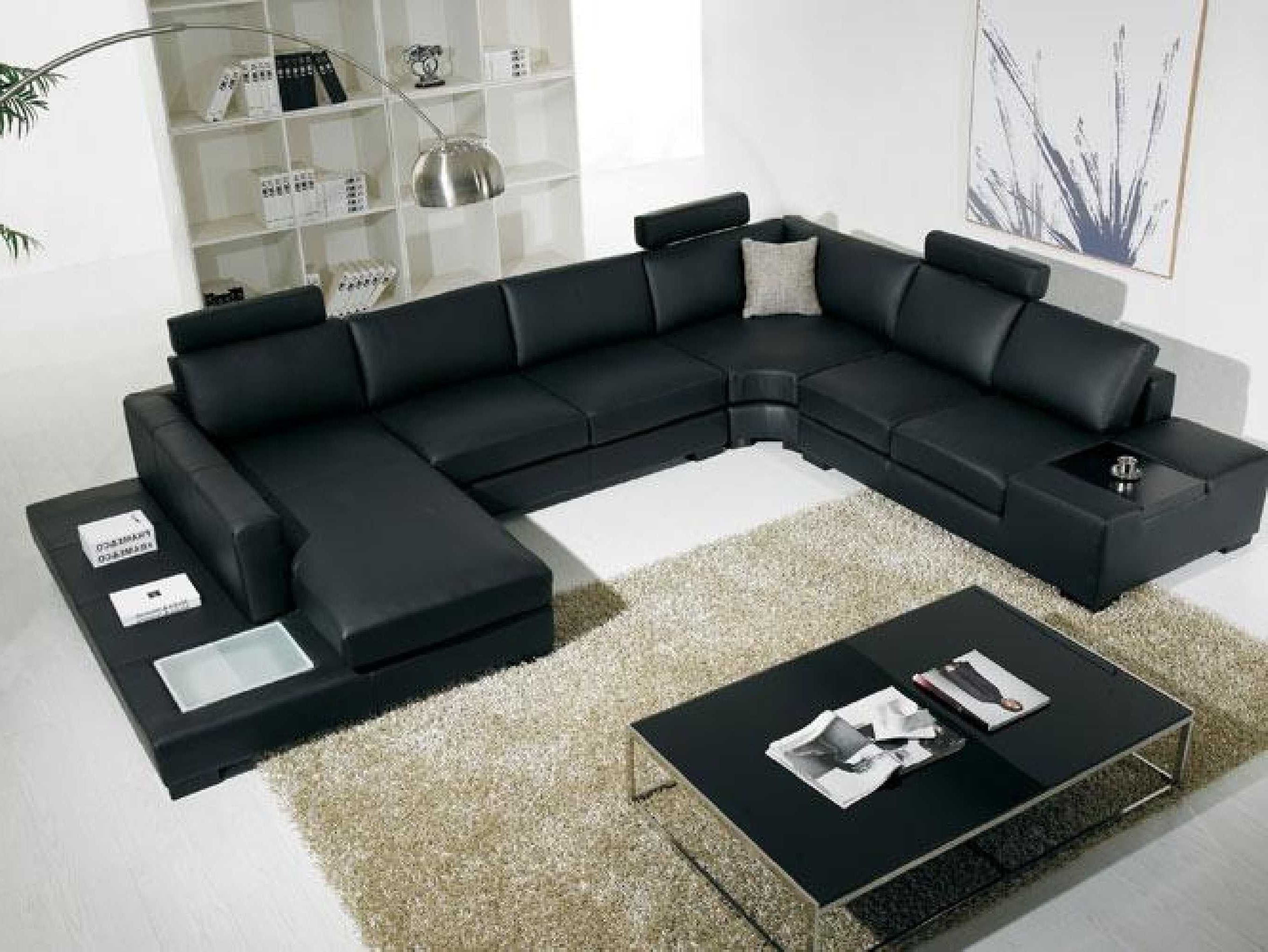

How Do You Prevent Wooden Furniture from Creaking? Having that extra bit of lubrication from a natural oil can reduce squeaking immensely. Dryness can also contribute to furniture creaks and squeaks. If your furniture is an antique, consider taking it to a professional for reinforcement and refurbishing.Īdd wooden furniture oil or polish if necessary. The more reinforcement you use, the better off you are going to be. If you want to add extra security, nail through squeaky joints and clamp them together for 24 hours. Then, add new glue to the joint and use clamps to squeeze the two joints together to ensure that you get as tight a seal as possible. If you can, take apart the joints and sand off any old glue. If you notice them, tighten them up and try to wiggle the furniture around to see if it continues to squeak.Īdd extra glue to loose joints if necessary.

Loose screws and nails can worsen creaking and squeaking. In most cases, creaks are caused by loose dowels, screws, and nails.Ĭheck for loose screws. You should be able to narrow down which joints are causing the squeaking. Though you can’t entirely eliminate the sound of creaking in your furniture, doing these things can help: Gently move the furniture around to try to get a better sense of where the noise is coming from. It can be an issue, especially for light sleepers. If you get a little unsettled or annoyed by hearing the creaking of furniture in the middle of the night, you are not alone. How Do You Stop Wood Furniture from Creaking? Engineered wood products are the least likely to creak, followed up by dense woods like mahogany.

Wood that has not been treated well will creak more than wood that has been regularly maintained. Some wood types are more likely to creak than others. What you’re hearing could likely be the sound of different materials grinding on one another. When different materials are used to make furniture, the chances of creaking can increase since materials expand at different rates. That does not just include wood it also rings true for metal, glue, and plywood. All matter will expand in heat and contract in cold. This is particularly common with wood types that aren’t covered with varnish. Extreme humidity can cause wood to swell and warp, causing your wooden furniture to creak at an increased rate. The average home exterior can have a temperature drop as low as 30 degrees in a single night, so if you have heard the house settle, this is most likely what caused it. The faster temperatures change, the more likely it is you will hear a creak or crack. If your home drops from 73 degrees to 70 degrees, creaking probably won’t happen. So, if your home usually is 72 degrees and the temperature drops to 50, you’ll probably hear a creak. The more drastic the change is, the more likely it is that you will hear creaking. Many different factors can cause wood’s shape to warp, expand, and shift around to the point of creaking. What Contributes to Creaking Furniture?īelieve it or not, heat alone is not the only reason why your dresser drawers might go bump in the night. Wood furniture, though sturdy, is famous for creaking, cracking, and popping because of those minor changes. Unless you are working with a synthetic, specially designed material, the furniture will expand and contract based on environmental factors. Let’s talk about what’s going on, shall we? Does Wood Furniture Make Noise? This is normal and shouldn’t spook you, either. If the furniture in question happens to have other materials included in its build, you might hear creaking turn into popping or cracking. This alone can cause wooden furniture to creak. High heat can cause wood to expand, while colder temperatures can cause them to contract. Wood, just like any other organic material, can expand, contract, and warp depending on what’s going on in their environment. The answers to these mysteries might surprise you. If you have been wondering what’s going on with your furniture or if it’s a sign of poor workmanship, keep reading.

What you’re hearing is normal, especially during the nighttime. The creaking you hear is the wood warping as it is affected by those changes. Why does wood furniture creak? Wood furniture creaks because of the changes in temperature, pressure, and humidity that occur during the night. Did you ever wonder why wooden furniture gets so noisy at night? You are not alone. This is especially true when you start hearing eerie, creaky noises emanating from your cabinets or closets in the corner of the room. Things can get a little spooky at night when you are in a house filled with old wooden furniture.


 0 kommentar(er)
0 kommentar(er)
